Water Safety
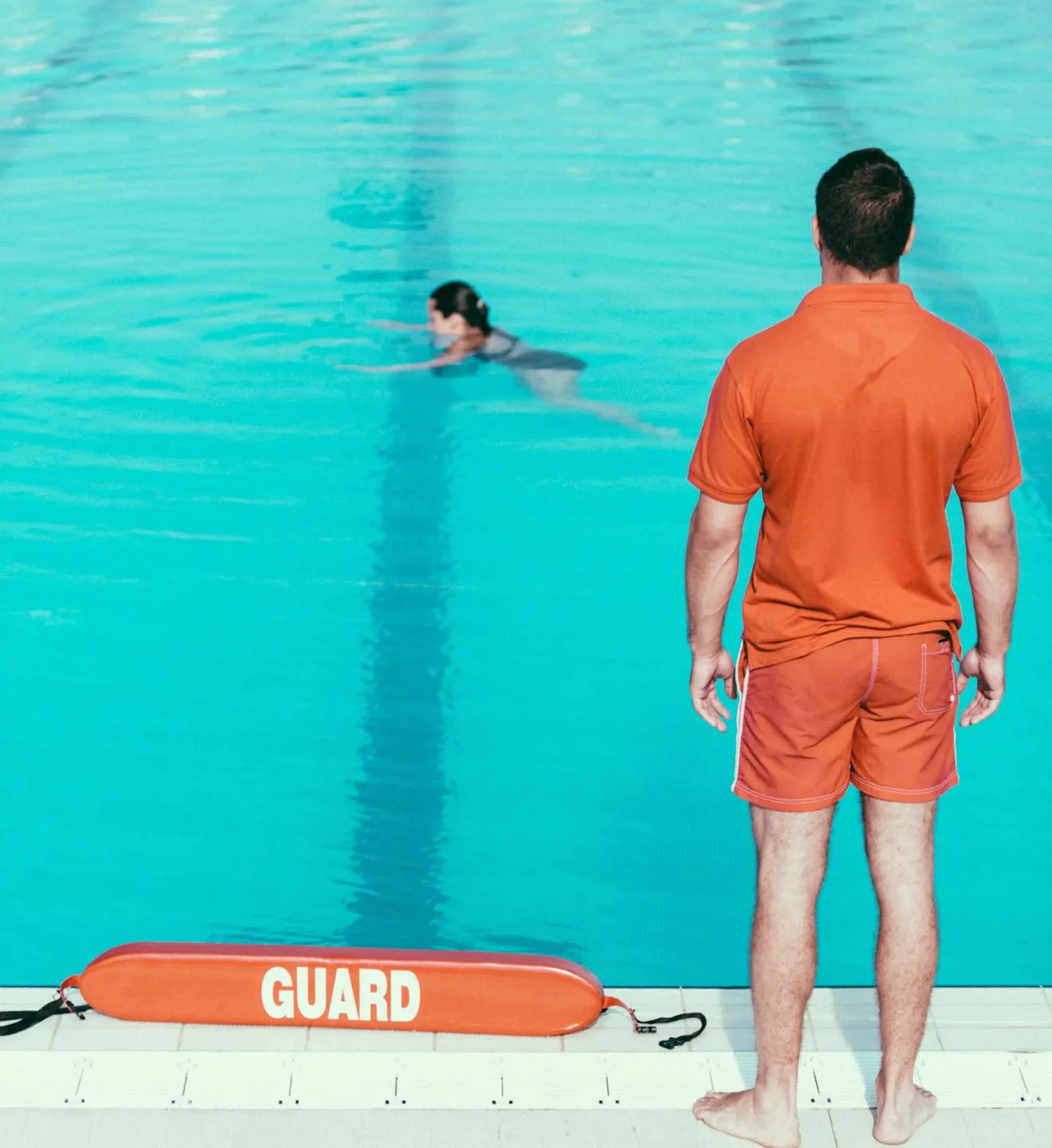
Welcome to the Water Safety page by Diversity In Aquatics — your trusted resource for all things related to staying safe in and around water. Whether you're just beginning your aquatic journey or are a seasoned swimmer, our expert articles and blogs provide vital information on drowning prevention, safe swimming habits, emergency response, and more. Our mission is to empower individuals and communities with the knowledge and tools to enjoy aquatics and be secure in, near, and around the water.
Featured Blogs

Water safety is a matter of life and death—and often overlooked. Equitable access to water safety resources saves lives, prevents accidents, and opens doors to the joy of aquatic experiences. Yet, systemic disparities and social barriers often leave many communities without the tools they need.
This page serves as your guide to discovering, using, and sharing key water safety resources, with materials contributed by trusted organizations such as the American Red Cross, Safe Kids Worldwide, the National Water Safety Action Plan, the ZAC Foundation, Broward County Water Safety, California Water Safety, and New Jersey Water Safety. Whether you're a parent, educator, aquatic director, or community leader, this page equips you to be a water safety advocate.
A wide range of water safety resources exists to support individuals, families, and communities. These resources are designed for easy understanding and practical use:
These resources empower educators and advocates to integrate safety into lessons, events, and daily life.
Accessing these valuable materials is easier than ever. Here are direct sources to get started:
Visit our Diversity in Aquatics Resource Page to download curated materials or request printed kits for your organization.
Water safety education should meet people where they are. Here’s how to apply these tools in various environments:
Tailoring content by setting ensures effective communication and maximum impact.
Educating one person can ripple out to an entire community. Here’s how to amplify water safety awareness:
Your outreach can close the gap between access and action.
By accessing and sharing water safety resources, you become part of a broader movement—one that saves lives and promotes joy through safe aquatic experiences. Together, with strong partners and an informed community, we can reduce drowning risks and open the waters to everyone.
Ready to make a splash in safety? Visit our Resource Page now to download tools, get involved, and share with your community.
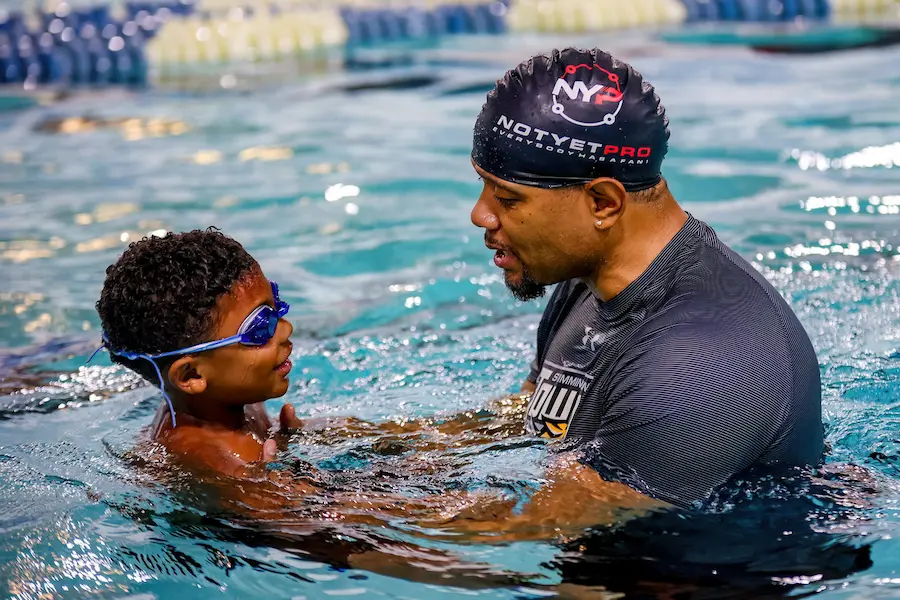
Water safety is a critical issue that affects everyone, but it is often overlooked in community education efforts. Understanding the importance of water safety and drowning prevention can make a significant difference in saving lives and ensuring that everyone can enjoy aquatic activities safely.
This guide provides you with practical steps to educate your community about water safety—now enhanced with digital best practices from our web development team—to ensure inclusivity, accessibility, and scalability.
Water safety education is not just about learning to swim. It's about creating a culture of awareness and preparedness that helps prevent drowning and promotes safe practices around water. Drowning is a leading cause of injury-related death among children, and many of these tragedies are preventable with the right education and resources.
Before diving into strategies, it's crucial to recognize the historical and cultural factors that contribute to disparities in access to aquatic education. Marginalized communities have often faced barriers to swimming facilities and instruction. Addressing these barriers with sensitivity and awareness is essential for effective and equitable education.
Raise awareness through both traditional outreach (flyers, community events) and digital platforms. Web developer tips:
Build partnerships with schools, recreation centers, and non-profits to amplify your message.
Web developer tips:
Ensure swimming lessons are physically and financially accessible.
Web developer tips:
Offer workshops on key skills like CPR and recognizing drowning signs.
Web developer tips:
Tailor educational content using culturally sensitive messaging and visuals.
Web developer tips:
Include open water safety in your messaging.
Web developer tips:
Help ensure that pools follow best safety protocols.
Web developer tips:
Reinforce the importance of swimming with others.
Web developer tips:
Get buy-in from local leaders and influencers.
Web developer tips:
Recognize and reward community involvement.
Web developer tips:
Solicit feedback and adapt.
Web developer tips:
Plan local events such as swim clinics and CPR demos.
Create a network of support.
Spread awareness through digital outreach.
Ensure resources are inclusive and easy to access.
Enable assistive technology features (alt text, captions, screen reader compatibility).
Water safety education is a vital component of community well-being. By incorporating historical awareness, inclusive programming, and digital strategies, we can empower all communities to stay safe around water.
Let’s work together—with the support of technology and community—to make water safety education accessible, engaging, and impactful for all.
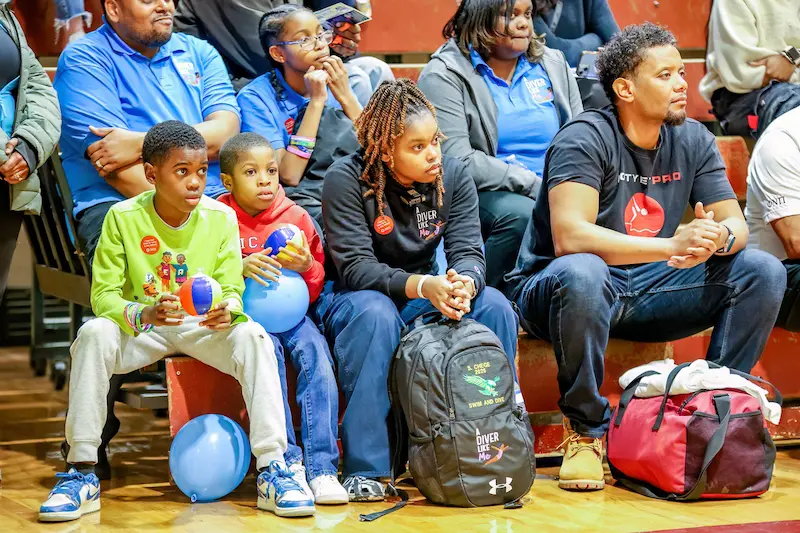
Water safety is a critical concern for all parents, guardians, and caregivers. For infants and toddlers, the risks are even greater—drowning is one of the leading causes of unintentional injury-related death in young children. This guide is designed to equip you with the knowledge, tools, and practical steps needed to safeguard your child in and around water.
Whether you're preparing your home, exploring aquatic activities, or educating others, your vigilance can make all the difference. Let’s work together to build a culture of safety from the very beginning.
Protecting Infants and Young Children from Drowning Risks
**Never leave young children unattended near water—**not for a second. Drowning can happen quickly and silently, often in less than two inches of water.
High-risk areas include:
Key safety practices:
This non-negotiable practice is the most effective way to prevent tragedy. Constant, active supervision saves lives.
A water-safe home begins with childproofing measures that eliminate hidden dangers. Infants are naturally curious and quick-moving—every precaution matters.
Safety steps for your home:
These proactive steps significantly reduce the risk of accidents and create a safer everyday environment for your little one.
Helping infants and toddlers become familiar with water is a valuable part of their development—but it must be done safely.
Best practices for early water introduction:
Early exposure, combined with close supervision, fosters a healthy respect for water and prepares children for lifelong water safety.
Infants face different risks depending on the water setting. Recognizing these dangers allows caregivers to manage them effectively.
Common water environments and risks:
Mitigation strategies:
Being proactive in every water environment keeps infants safer across all situations.
Water safety starts at home—and it starts with you. Through constant supervision, safe practices, and early education, you can give your child the gift of safe water experiences.
By making water safety a daily priority and advocating for equitable swimming access in all communities, we can ensure every child has the tools they need to thrive in and around water. Together, let’s build a future where water safety is second nature.

Water safety is a critical concern for everyone, but it holds particular significance for camp leaders and participants. Aquatic activities are often highlights of the camp experience, yet they carry inherent risks that require proactive safety measures. Understanding and practicing water safety isn’t just about knowing how to swim—it’s about fostering a culture of vigilance, preparedness, and inclusion.
Creating Safer Aquatic Experiences at Camps
This guide provides essential water safety guidelines tailored for camp settings. Whether you're overseeing a lakeside camp or organizing pool activities, these practical tips will help you create an environment where safety is second nature and every camper can thrive.
The first and most important step in maintaining water safety is ensuring camp leaders are properly trained and certified. Leaders must be equipped with the knowledge and skills to respond effectively in emergencies.
Key training requirements include:
This foundational training ensures that leaders can respond swiftly and effectively during water-related incidents, building trust and confidence among participants and their families.
Clear safety rules form the backbone of any effective water safety program. These rules must be communicated in a way that participants understand and respect, before any water activities begin.
Tips for creating and sharing rules:
When everyone understands the rules, the risk of accidents decreases and a sense of responsibility grows across the group.
Supervision is more than just oversight—it’s about setting the tone for how participants approach water activities. Camp leaders serve as role models and guardians of safety.
Best practices for effective supervision:
Children and teens mirror the behavior they observe. When leaders actively demonstrate safe conduct, campers are more likely to internalize and emulate those behaviors.
Even with the best precautions, emergencies can occur. A well-prepared team can turn a crisis into a manageable situation through calm, coordinated response.
How to prepare:
Practice makes preparedness second nature, ensuring a faster and more effective response when every second counts.
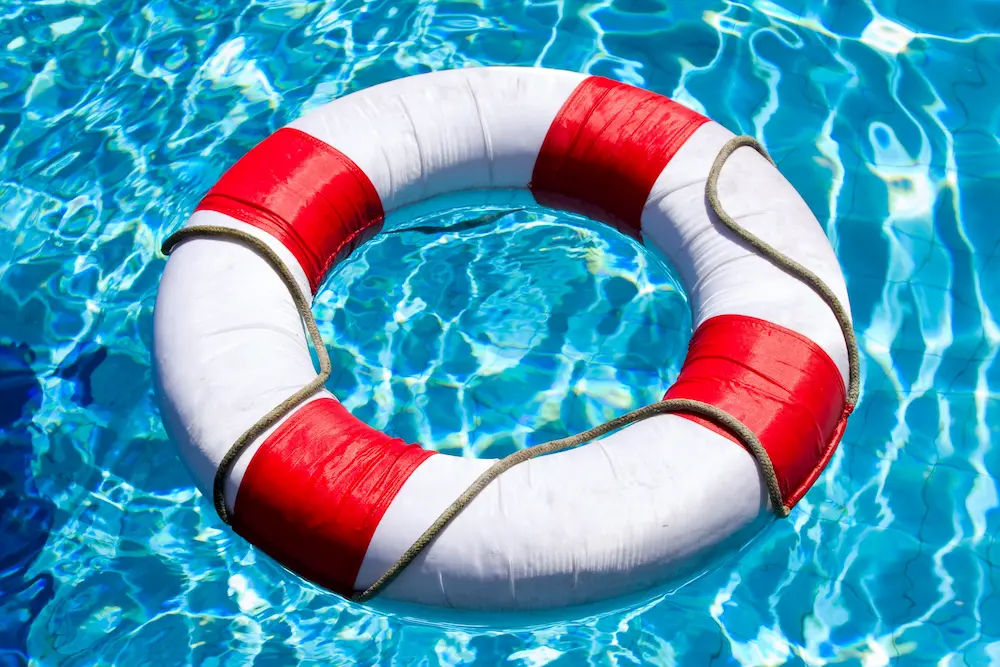
Water safety education should begin long before a child sets foot in a pool or at the beach. The home is often where children first encounter water—whether it’s the bathtub, a backyard pool, or even a bucket. Teaching children about water safety early helps form habits that could one day save their lives.
Young children are naturally curious, and without the knowledge of boundaries and risks, they are especially vulnerable. Parents and caregivers play a crucial role in laying the foundation for safe water behavior. Use bath time as a teachable moment to introduce safety concepts like staying seated, not splashing too wildly, and always asking an adult before going near water.
Incorporating water safety into daily conversations makes it a normal part of life. Children who grow up hearing about water safety will be more likely to adopt careful habits as they grow. Instilling this awareness early reduces fear and builds respect and confidence around aquatic environments.
Supervision is the single most important factor in preventing drownings. Drowning can happen in seconds and is often silent—making constant and active supervision non-negotiable.
Adults should always be within arm’s reach of children under five whenever they are near water, no matter how shallow. This includes bathtubs, kiddie pools, and even toilets. Older children should still be watched closely, especially in home pools or lakes.
Avoid distractions during water activities. Activities like reading, phone use, or cooking should be set aside when children are playing in or around water. Assign a “Water Watcher”—an adult designated to supervise during water play—to ensure someone is always paying full attention.
Even with alarms, fences, and swimming skills in place, nothing replaces direct supervision. It’s your first line of defense.
Creating a safe home pool environment involves more than just supervision—it requires proactive safety measures to physically prevent accidents.
Install barriers: A four-foot-tall fence around the pool with a self-closing, self-latching gate is essential. Ensure the gate latch is out of children’s reach and check regularly that all entry points are secure.
Use pool and door alarms: These alert you when someone enters the pool area unexpectedly. They provide an additional safety net, especially in homes with young children.
Cover or secure other water features: This includes hot tubs, fountains, ponds, and even buckets. Any water source deeper than a few inches can pose a risk.
Maintain pool chemicals properly: Keep all chemicals stored in a locked, child-proof location, and follow manufacturer guidelines for safe handling and usage to prevent poisoning or burns.
Regular safety checks of the pool and surrounding area ensure that your safety tools and protocols remain effective.
Swimming is not just a recreational skill—it’s a survival tool. Start teaching water basics as early as possible, even before formal lessons.
Young children can learn to float, hold their breath, and kick—skills that can help them stay afloat long enough for rescue. Encourage comfort in water through safe, parent-guided play. Once a child is ready, enroll them in certified swim lessons that include water safety education.
Swimming education should be consistent and progressive. As your child grows, their lessons should evolve to include stronger strokes, treading water, and understanding how to identify and respond to danger.
For families with limited access to lessons, local community centers, swim programs, or nonprofit partnerships may offer free or subsidized instruction.
Children learn by example, and adults play a vital role in shaping attitudes toward water safety. Always model safe behavior, whether at home or out in the community.
Avoid swimming alone, jumping into shallow water, or horseplay near pool edges. Make wearing life jackets a norm during boating or water-based outings.
Discuss your safety decisions with children to reinforce their understanding. When they see trusted adults taking safety seriously, they are more likely to adopt similar habits themselves.
Water safety begins at home and starts with each of us. By integrating simple safety practices, modeling responsible behavior, and advocating for equitable access to swimming education, we can protect the lives of those we love.
Let’s work together to create homes and communities where every child is safe around water.
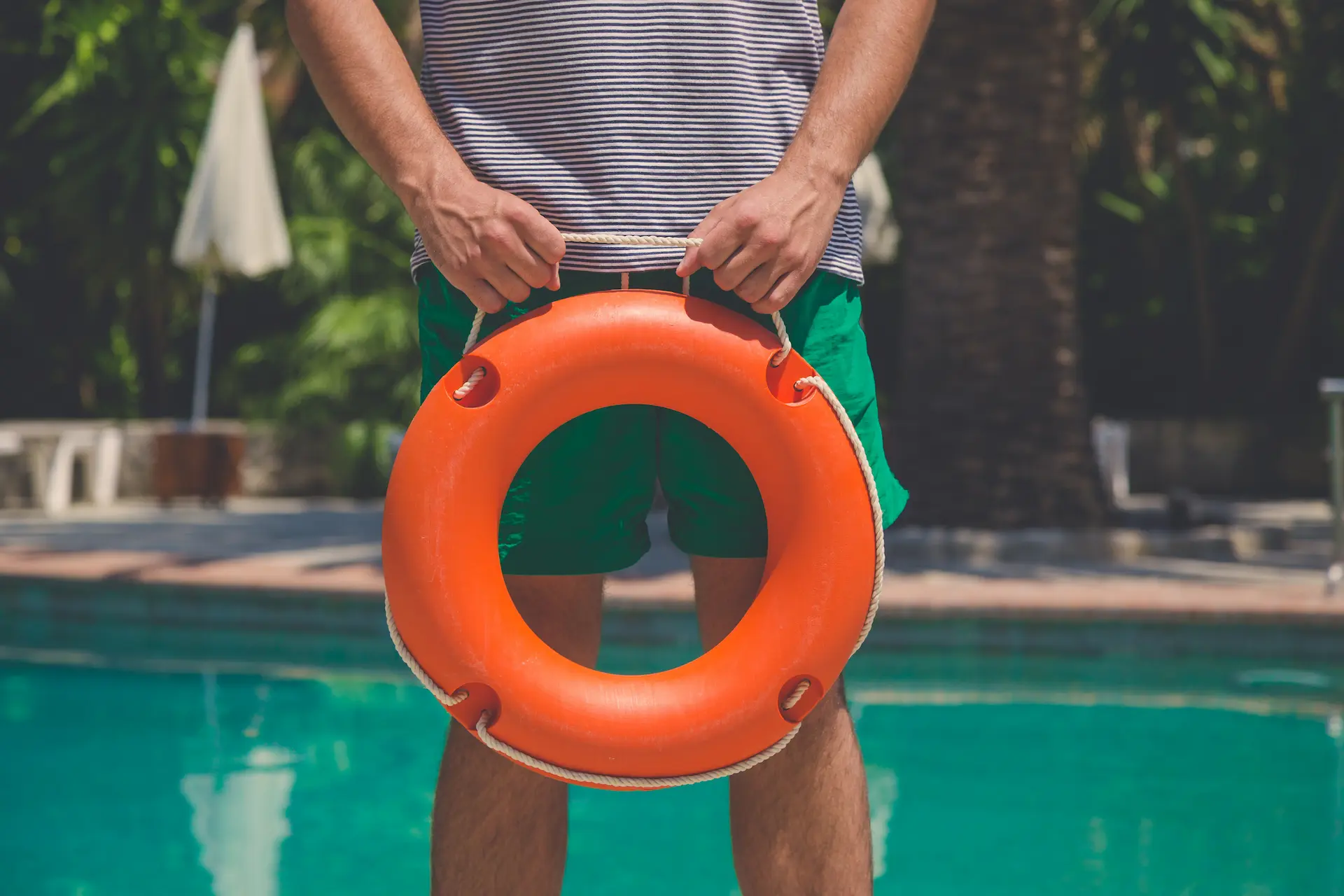
Swimming in natural bodies of water like lakes, rivers, and oceans is a summer highlight for many individuals and families. But these adventures must be approached with care. Water safety isn't just a checklist—it's a community responsibility that touches on history, access, and equity.
Before diving in, it’s essential to assess the specific environmental conditions of the outdoor location:
Can we embed a real-time weather and tide widget on our page to help individuals and families plan safely?
Children require constant, undistracted supervision in outdoor water environments:
Developer Tip: Include visual cue cards or a downloadable "Water Watcher Badge" for parents to print and wear.
Having the right gear makes all the difference:
Developer Tip: Add infographics showing how to choose the right size and type of life jacket. Interactive sizing tools can also improve engagement. Check out this campaign by our friends at SafeKids Worldwide (link: https://www.safekids.org/blog/ask-expert-how-find-right-life-jacket#:~:text=Read%20the%20label,weight%20and%20intended%20water%20activity.)
Preparedness is key to preventing tragedies:
Developer Tip: Embed a short, ADA-compliant CPR training video or link to trusted organizations offering certification.
Water safety begins with awareness and grows through community action. By equipping families with the knowledge, tools, and support they need, we can ensure every child—regardless of background—has a safe, joyful experience in aquatic spaces.
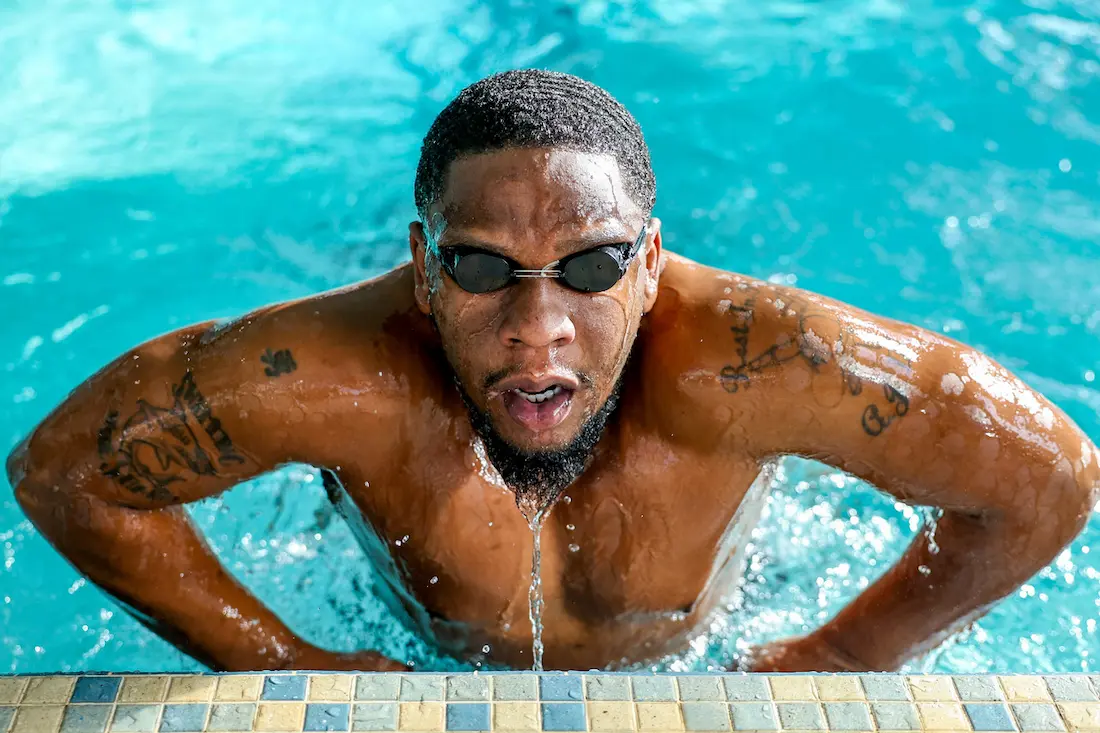
Swimming pools offer a place of joy, recreation, and exercise—but they also come with inherent risks. Drowning remains one of the leading causes of accidental death, particularly among children, underscoring the importance of strict safety measures. Pool safety is about more than just accident prevention; it ensures an enjoyable, inclusive, and secure environment for all swimmers.
Whether you're a parent, guardian, community leader, or pool operator, here are ten essential safety tips and guidelines to help you foster a safer aquatic space.
Pool safety is essential for all individuals, regardless of age or swimming ability. It provides peace of mind and enables swimmers to relax and enjoy the water without fear. Accidental drownings and injuries continue to highlight the urgent need for preventative measures and widespread education.
Ensuring safety also means recognizing and addressing disparities in access and competency—especially among historically underserved communities. Safety must be seen as a shared responsibility, with community leaders, caregivers, and educators working together to uphold protective practices around pools.
Supervision is the single most important factor in preventing pool-related accidents. Constant adult oversight is essential, especially for young children and inexperienced swimmers. Designate a responsible adult as the pool "watcher" and ensure they avoid distractions like mobile phones or reading.
In public pools, trained lifeguards are a non-negotiable asset. Their ability to respond swiftly in emergencies can make the difference between life and death. In private settings, ensure that at least one CPR-certified adult is present during swim times.
Tips for Supervision:
Trained professionals and vigilant adults dramatically reduce the risk of injury or drowning, creating a safe and reassuring environment for all.
Establishing and enforcing clear pool rules sets expectations and minimizes confusion. These rules should be clearly posted around the pool area and understood by everyone—from frequent swimmers to occasional guests.
Common Pool Rules:
By encouraging rule-following behavior, you create a culture of safety and respect. Consistent enforcement is key—rules only work when they're taken seriously and applied fairly.
Every pool area must be equipped with accessible safety equipment to ensure rapid response in emergencies. Lifesaving gear should be regularly inspected for functionality and visible to everyone on-site.
Essential Equipment Includes:
Barriers like fences and alarms help prevent unauthorized access, particularly by young children. High-quality pool covers and door sensors add an extra layer of protection when the pool is not in use.
Knowing how to react during a pool emergency can save lives. All supervisors and poolside personnel should receive training in basic first aid and CPR.
Tips for Emergency Preparedness:
Quick action can minimize the severity of injuries and prevent fatalities. Regular training and drills help ensure that everyone knows their role in an emergency.
Here are a few more tips that round out the top 10 pool safety measures:
5.1. Prioritize Swimming Lessons and Water Competency
Enroll children and non-swimming adults in lessons. Promote water confidence and self-rescue techniques as core life skills.
5.2. Maintain Pool Hygiene and Water Quality
Check pH and chlorine levels regularly. Clean and filter water to prevent illness.
5.3. Use Appropriate and Safe Swimwear
Avoid loose clothing that may snag or hinder movement in water.
5.4. Encourage the Buddy System
Never swim alone. Having a partner enhances safety, especially for children.
5.5. Review and Update Safety Practices Regularly
Conduct periodic audits, gather feedback, and adapt safety measures to stay current.
Pool safety is not a one-time checklist—it’s a continuous commitment to protection, education, and inclusivity. By adopting these guidelines and fostering a culture of preparedness, we can create aquatic environments where everyone feels welcome and secure.
Through shared responsibility and proactive strategies, we can inspire a future where pools are not only places of recreation but also models of community care and safety.
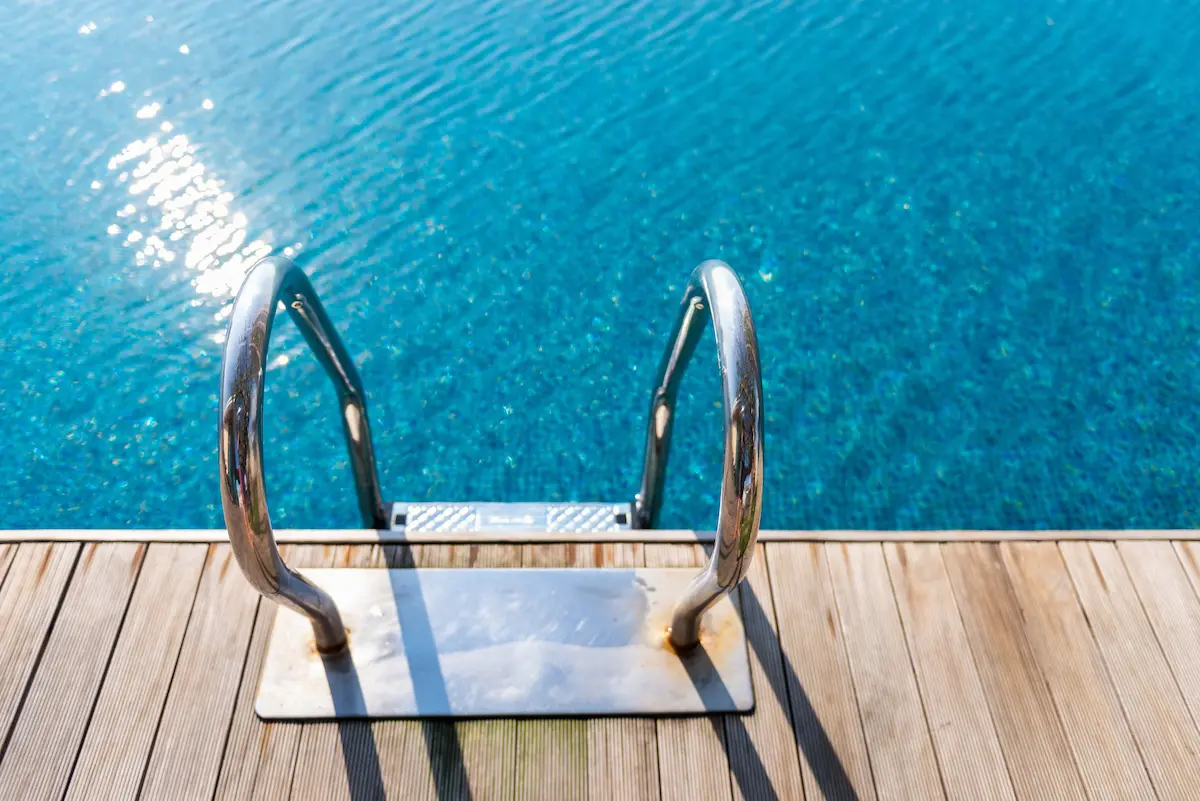
Water safety is a crucial aspect of any vacation involving aquatic environments. Whether you’re relaxing poolside, exploring a beach, or enjoying water sports at a lake, understanding how to stay safe can make all the difference. Drowning is often quick and silent, and the risks are heightened in unfamiliar environments and under different safety standards.
By the end of this guide, you’ll be equipped with practical tips to ensure a safe and memorable vacation—without sacrificing fun. Let’s dive in.
Before you pack your swimsuit, take time to learn about the water safety conditions at your travel destination. Knowing what to expect can prevent surprises and help you make smart, informed choices.
Start by checking:
Look into any regional hazards, such as rip currents, jellyfish, or strong undertows. Understanding local risks allows you to plan activities safely and choose appropriate swim areas.
Where you stay matters, especially when it comes to water safety. Not all resorts or vacation homes maintain the same standards, so it’s important to evaluate a few key features before booking.
Look for:
If you're staying near natural water bodies like lakes or rivers, check if the property offers guidance on water entry points, safety rules, or equipment like life jackets or throw ropes.
Supervision is the first and most effective line of defense against water-related incidents. When on vacation, unfamiliar surroundings and relaxed routines can increase risk—especially for children.
Tips for staying alert:
Use the buddy system so no one swims alone—regardless of their age or swimming ability. Even strong swimmers can face sudden fatigue, cramps, or water conditions that make solo swimming dangerous.
Part of enjoying a vacation safely is being ready in case something goes wrong. Water emergencies can escalate quickly, so a little preparation can go a long way.
Here’s how to be emergency-ready:
Also, make sure everyone knows how to use a life jacket properly—a must-have when boating or near open water.
Water safety while on vacation isn’t just about avoiding accidents—it’s about creating a more enjoyable, stress-free experience for everyone. By planning ahead, staying alert, and respecting local guidelines, you help make aquatic adventures safe and memorable.
Whether you’re floating in a resort pool, wading into a quiet lake, or splashing on the shore, safety starts with awareness. Let’s keep every vacation a happy, healthy one.